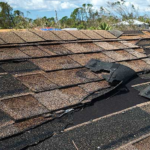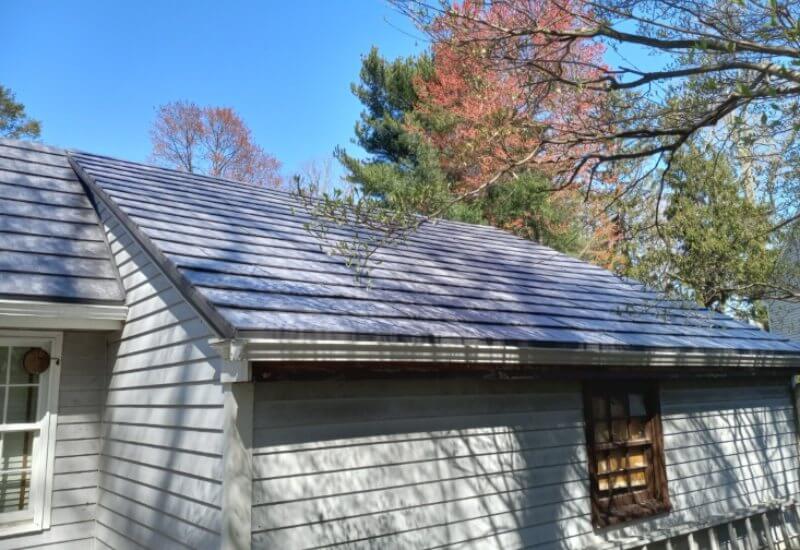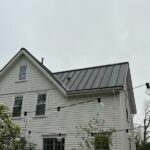Cold Roof Design
ISSUE
In areas prone to heavy snows, as well as to conditions conducive to ice damming (low temperatures and no sunlight), buildings are sometimes built with a “cold roof” design.
ANALYSIS
The purpose of a “cold roof” is to keep the roofing material as cold as possible so that heat from inside the building cannot reach it and cause melting over the heated portions of the building.
SOLUTION
“Cold roofs” are created by using very substantial insulation on top of the building’s ceilings in order to minimize heat escape in the first place. From there, a method is established to ensure very strong ventilation flowing through the attic. This is done by installing substantial soffit and ridge venting. In many cases, to achieve adequate venting at the ridge that is not prone to getting plugged with snow, the top 24” or so of the roof, from both sides, is raised 4” or so above the rest of the roof plane. A small overhang is built on the upper roof that provides protection for the approximate 4” vertical riser. This riser is then ventilated to create the positive flow of air into the soffits and out through the ridge. “Cold roof” design can be a very effective way of eliminating ice and snow troubles in climates subject to severe winter weather. Persons wishing to include “cold roof” design in a building should consult an architect for design assistance.
Additional information on ice and snow can be obtained in Technical Bulletin #12.




